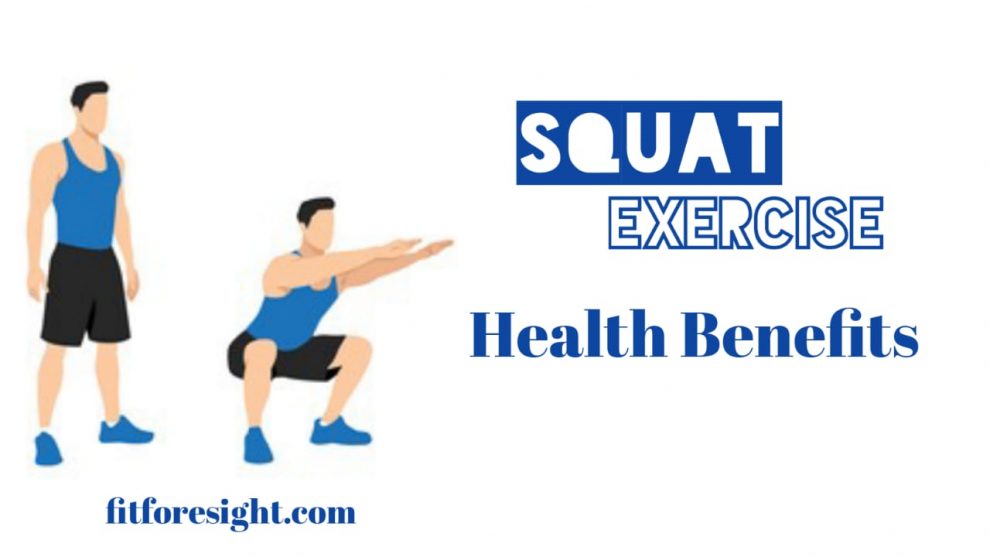A Comprehensive Guide to Fitness
Introduction
Squats are a fundamental exercise in any fitness routine. They target multiple muscle groups, help improve strength, and enhance overall athletic performance. In this comprehensive guide, we’ll delve into the art of mastering the squat exercise, providing you with the knowledge and techniques you need to excel in your fitness journey.
The Importance of Squats in Fitness
Keywords: “Squat Exercise,” “Fitness Benefits,” “Muscle Development”
Squats are not just about building a strong lower body; they offer a myriad of fitness benefits:
- Muscle Development: Squats work on your quadriceps, hamstrings, glutes, and even your calves. These muscle groups are crucial for stability, power, and balance in various physical activities.
- Full-Body Engagement: Unlike many other exercises, squats engage your core and lower back muscles, promoting an overall increase in body strength.
- Metabolism Boost: As squats are a compound exercise, they burn a significant number of calories during and after your workout, helping with weight management.
- Improved Mobility: Regularly performing squats can enhance your hip and ankle mobility, making everyday movements easier and reducing the risk of injury.
Perfecting Your Squat Form
Keywords: “Squat Technique,” “Proper Form,” “Common Mistakes”
Achieving the full benefits of squats starts with proper form. Here’s a step-by-step guide to mastering your squat technique:
- Stance: Stand with your feet shoulder-width apart. Toes should point slightly outward.
- Posture: Keep your chest up, shoulders back, and your gaze forward. Maintain a neutral spine throughout the movement.
- The Descent: Initiate the squat by pushing your hips back and bending your knees. Imagine sitting back into a chair.
- Depth: Ideally, aim for a 90-degree bend at the knee, but go as low as your mobility allows without compromising form.
- The Ascent: Push through your heels to return to a standing position. Keep your core engaged throughout the movement.
Common Mistakes to Avoid:
- Knee Overextension: Ensure your knees don’t go beyond your toes during the squat.
- Round Back: Maintain a straight, neutral spine. Avoid hunching or arching your back.
- Using Momentum: Don’t bounce at the bottom of the squat. Control both the descent and ascent.
Variations of Squat Exercises
Keywords: “Squat Variations,” “Squat Workouts,” “Adding Variety”
Keep your fitness routine exciting by incorporating various squat variations:
- Goblet Squat: Hold a dumbbell or kettlebell close to your chest for added resistance.
- Sumo Squat: Widen your stance and point your toes outward for inner thigh engagement.
- Single-Leg Squat: Test your balance and stability by performing squats on one leg.
- Overhead Squat: Hold a barbell or a weight plate overhead, challenging your core and shoulder stability.
- Pistol Squat: An advanced move where one leg is extended while the other performs a squat.
Incorporating Squats into Your Fitness Routine
Keywords: “Squat Workout Plan,” “Frequency,” “Progression”
To master the squat exercise, you need to incorporate it wisely into your fitness routine:
- Frequency: Aim to squat at least 2-3 times a week for optimal results. Mix in various squat variations.
- Progression: Gradually increase the weight you use and the depth of your squats. Tracking your progress is essential.
- Warm-Up: Always begin with a proper warm-up to prepare your muscles and joints for the workout.
- Cool Down: Finish your squat sessions with stretching to improve flexibility and reduce muscle soreness.
Conclusion
Squats are a cornerstone of a successful fitness journey. Mastering the squat exercise not only builds strength and muscle but also enhances your overall fitness. By following proper form, incorporating variations, and intelligently integrating squats into your routine, you can achieve incredible results. Make squats a regular part of your workout routine, and you’ll soon be reaping the many benefits they offer.

























Add Comment